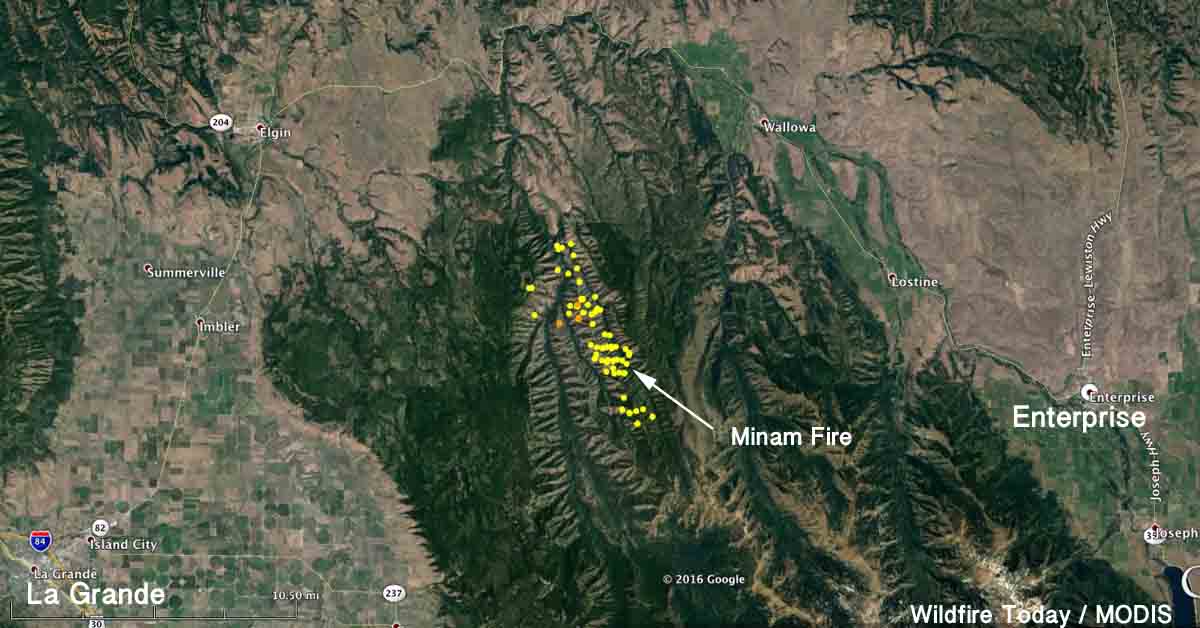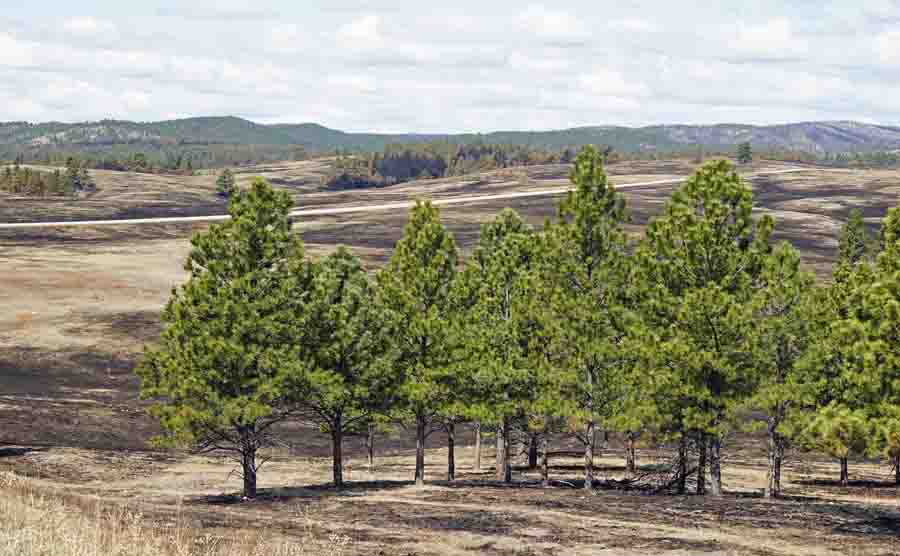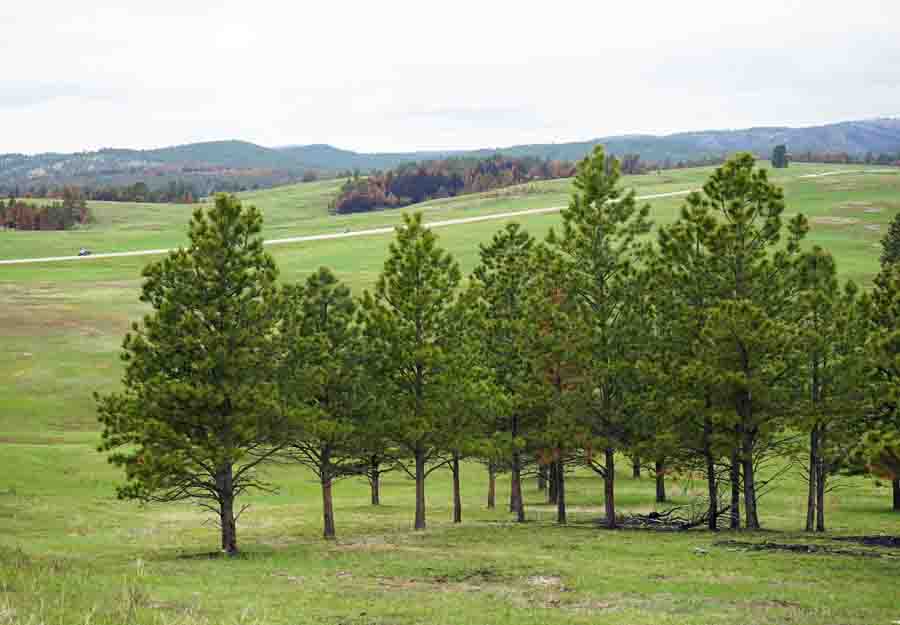Above: Vehicles at the scene of an accident on Interstate 40 Wednesday, October 19, 2016. Photo by Arizona Department of Public Safety.
(On October 20 we wrote a follow-up article about this incident which looks at the weather forecast and the smoke permit that preceded ignition of the prescribed fire.)
After numerous accidents occurred in thick smoke from a prescribed fire, authorities closed Interstate 40 west of Flagstaff, Arizona on Wednesday. The Kaibab National Forest conducted the burn Tuesday and knew that a wind shift would push the smoke toward the interstate, but they were surprised that the smoke settled near the ground early Wednesday morning rather than being moved out of the area. Electronic signs warned drivers about the potential hazard.
Below is an excerpt from Fox News:
Multiple collisions with minor injuries to motorists and passengers were blamed on smoky haze that settled over the highway for about five hours. Authorities closed I-40 for hours to prevent more accidents.
Police had not immediately determined whether the poor visibility was the cause of a fatal accident after a vehicle was sandwiched between two tractor-trailers before dawn, said Arizona Department of Public safety spokesman Bart Graves.
But the area at this time of year experiences temperature inversions allowing smoke to be trapped close to the ground and hover over the highway, said Cory Mottice, a National Weather Service meteorologist in Flagstaff.
“It almost always gets trapped after dark,” he said. “It’s just a question of where the wind blows it.”
Forest officials thought weather conditions would vent smoke near the freeway more than it did in low-lying areas, Smith said.
“I believed they used good judgment based on the conditions and the information that they had,” said Brady Smith, a U.S. Forest Service spokesperson.










